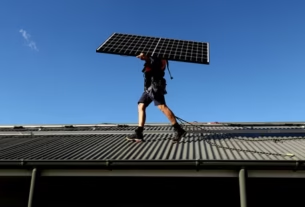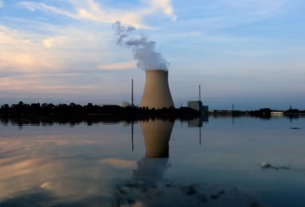🏴 Project Overview
The prime minister of the United Arab Emirates and emir of Dubai, Sheikh Mohammed bin Rashid al Maktoum, installed solar panels on buildings on his Inverinate Estate in the Scottish Highlands without first getting planning approval.
📍 Conservation and Location Issues
The estate, which is over 63,000 acres in size and overlooks Loch Duich in Wester Ross, is located in a conservation-sensitive area that is home to bats and Eurasian otters.
The Retrospective Use of
A retroactive planning application for the solar system has now been included in official documents with Highland Council. Estate executives assert that the panels were positioned carefully to reduce visual impact and highlight how the project supports regional and national renewable energy goals.
The Estate Is Still Growing
Despite the sheikh’s infrequent visits, locals have expressed skepticism about recent additions to the estate, pointing out the construction of new houses, staff quarters, helipads, and access roads.
Prior approvals included a five-bedroom house, an 11-bedroom property, and a 15-bedroom mansion (2025), increasing the estate’s total number of residences to ten.
🧾 Arguments & Local Responses
Proponents contend that these improvements address pragmatic requirements such staff housing and operational sustainability and are insignificant in comparison to the estate’s size.
However, some argue that the construction surge is needless, particularly considering the estate’s restricted use. “Too much expansion” for a property that is rarely occupied, according to a local
🔎 Greater Importance
The conflicts between local planning laws and sustainability programs, particularly in conservation zones, are exemplified by this case. Solar panels encourage the switch to sustainable energy, but installing them without permission raises concerns about local control and consistency.
The dispute demonstrates how, if not carried out through open and locally coordinated planning mechanisms, even symbolic green projects can turn into divisive issues.
Source : thetimes




